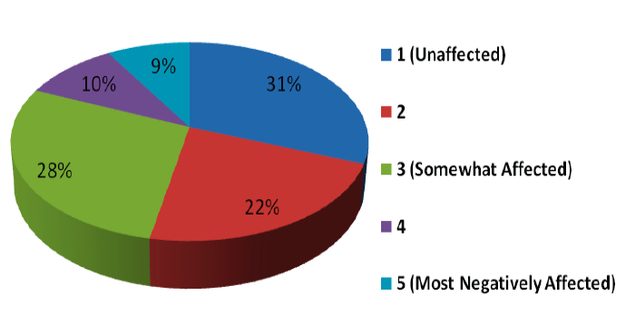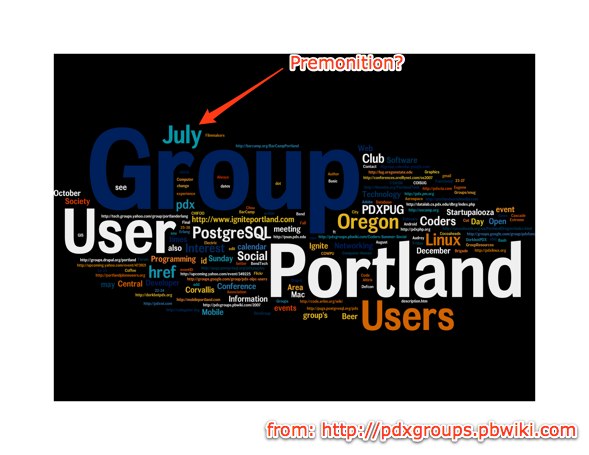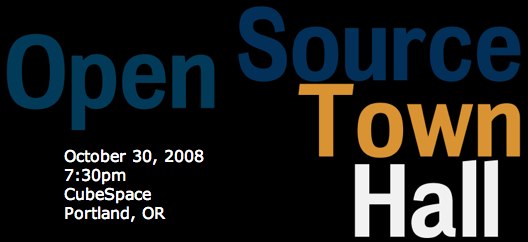I’ve talked quite a bit recently about online community careers and how they are faring in this tough economy, which reminded me that I forgot to blog about the latest ForumOne Online Community Research Network study, Online Communities: Surviving & Thriving in the Downturn Economy.
The survey was conducted in late November and early December with 90 people responding to the survey, and more information about the respondents and the survey can be found on the Online Community Report blog. Here’s a summary of the key findings.
Most communities have not been negatively impacted by the economy.

For those that have been effected, the hardest areas hit included.
- Contractor staffing
- Platform budget
- Full time staffing
Communities are becoming MORE valuable to management.
When they asked:
Have your internal stakeholders (execs, management) attitudes toward the value of the online community changed because of current economic pressure?
Slightly more than half of the respondents (55%) said that their company internal stakeholder’s attitudes have changed towards the value of the online community because of the current economic pressure. For those whose stakeholder’s attitudes that had changed, over half of the respondents (55%) indicated that their internal stakeholder’s considered their online community more valuable because of the current economic pressures.
(Quoted from the Online Community Report)
The current economic issues are hitting every segment, but it’s nice to know that online communities are faring better than some other areas. This post is just a quick summary of the key points, so I encourage you to read more details on Bill Johnston’s Online Community Report blog.

